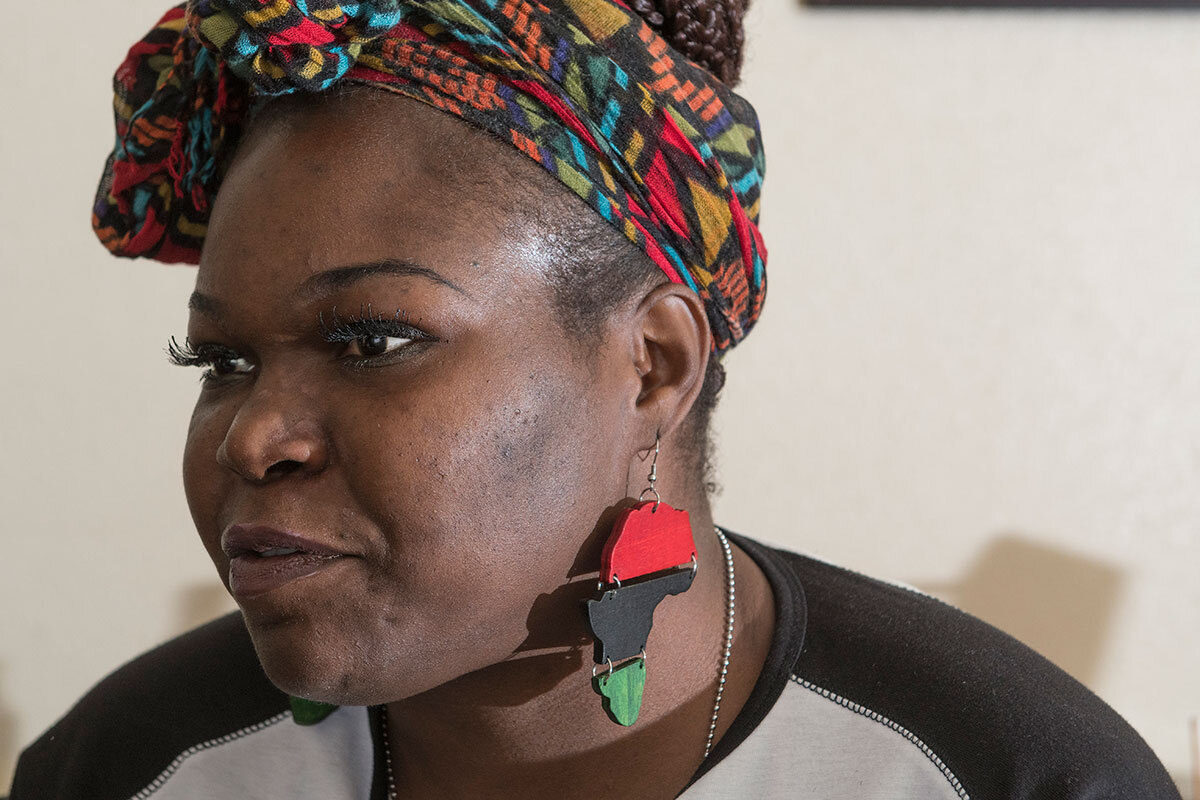What’s the best way for a community to counter hate speech? A good example happened in Boston after Adam Jones, an African-American and a star baseball player for the Baltimore Orioles, was subjected to racist heckling on May 1 by some fans at Fenway Park.
Red Sox officials quickly apologized and promised to punish such fan behavior. Massachusetts political leaders denounced the racism. “We are better than this,” said Mayor Martin Walsh. When Mr. Jones came to bat in the first inning the following day, almost the entire stadium gave him a sustained standing ovation. Red Sox pitcher Chris Sale stepped off the mound to let the crowd continue its warm response. One hot dog seller told fans in the outfield bleachers, “Be nice to that guy, guys.”
Afterward Jones said he appreciated the love and support and then added, “I don’t need all that stuff. Just be normal.”
Indeed, communities that want to prevent hate speech must actively “be normal,” or embrace those of a different race, gender, religion, or sexual orientation. Punishment of hate speech can help deter such acts, but an enduring solution lies in communities coming together to offer a collective response of affection.
Another example occurred in February after gravestones in a Jewish cemetery in St. Louis were toppled and community activists rushed to repair them. Also that month, commuters on a New York City train took out their hand wipes and erased Nazi symbols painted on the windows.
In Evanston, Ill., hundreds of runners hold an annual “race against hate.” The event marks the 1999 killing of a basketball coach, Ricky Byrdsong, by a white supremacist. The race has inspired similar events, such as a recent teen basketball game called “Hoops Against Hate” in Yonkers, N.Y.
In New York, a group called CONNECT provides training to help bystanders know how to intervene when witnessing a hate incident. In South Dakota, a multifaith coalition of Christian, Jewish, and Muslim clerics is rallying communities against hate with a theme of “Love Thy Neighbor: No Exceptions.”
“We have seen communities confronted with hate and discrimination come together across perceived differences to support each other and try to prevent future hate incidents,” says Vanita Gupta, head of the Leadership Conference on Civil and Human Rights and a former Justice Department civil rights prosecutor. “Education, awareness, and acceptance of group differences are the cornerstones of a long-term solution to prejudice, discrimination, and bigotry in this country.”
And, she might have added, so is a standing ovation for a ballplayer who just wants people to be “normal.”
 Mark Sappenfield
Mark Sappenfield









